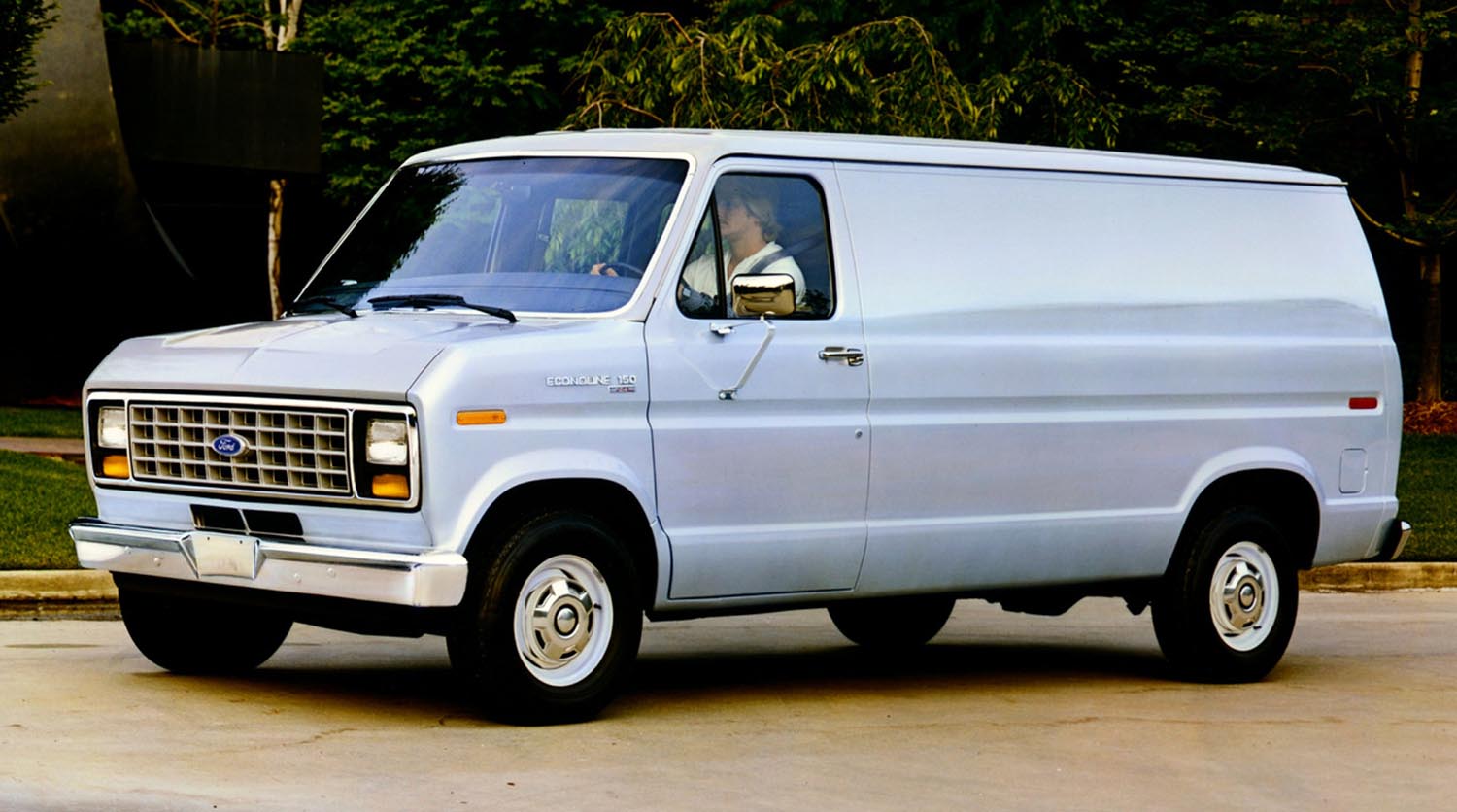
The 1978 Ford Econoline 150 XL holds a distinct place in full-size van history. Known for combining practical design with versatile use, it continues to attract attention from enthusiasts and collectors. Its mix of utility and style reflects Ford’s approach to the late 1970s van market.
Design Evolution of the 1978 Ford Econoline 150 XL
The Econoline 150 XL expanded on Ford’s existing van lineup with subtle design updates. Its squared-off body and distinctive grille emphasized utility while keeping a familiar profile. The XL trim added extra comfort and interior refinements, appealing to both families and businesses.
Interior Features and Passenger Comfort
Inside, the Econoline 150 XL prioritized versatility and practicality. It offered multiple seating arrangements and configurable storage. Durable materials ensured longevity, while functional layouts accommodated passengers and cargo without excess complexity.
Exterior Styling and Functional Highlights
The 1978 model featured a flat, wide front fascia with chrome accents and rectangular headlights. The van’s clean lines supported aerodynamics and cargo space, and the XL trim added touches that differentiated it from base models.
Engine Options and Performance Overview
Under the hood, the Econoline 150 XL provided several engine options, including inline-six and V8 variants. These powertrains offered reliable torque suitable for city and highway driving. Handling emphasized stability, and acceleration remained consistent, reflecting the vehicle’s utilitarian focus.
Cultural Significance and Legacy
The Econoline 150 XL became more than a van; it represented flexibility in American van culture. From family trips to business transport, it adapted to diverse needs. Over time, it gained recognition among van enthusiasts, particularly for its straightforward mechanics and modifiability.
Maintenance and Longevity
Ford engineered the Econoline 150 XL with robust mechanical systems, ensuring long-term durability. Simple components and parts availability supported ongoing restoration and preservation, allowing many units to remain operational decades later.
Icon Status and Automotive Heritage
Though not flashy, the Econoline 150 XL earns its place as an auto icon through versatility, reliability, and its influence on later vans. Its role in shaping van design and culture cements its place in automotive history.
Summary
The 1978 Ford Econoline 150 XL blends practical engineering with cultural impact. Its robust engines, configurable interior, and utilitarian design created a full-size van that has endured as a symbol of 1970s American automotive versatility.
Disclaimer: Content on this site is for informational purposes only. Vehicle specs, pricing, and availability may change. Always verify details with official sources before making decisions. Opinions are those of the authors.
Source: Ford Heritage Vault
